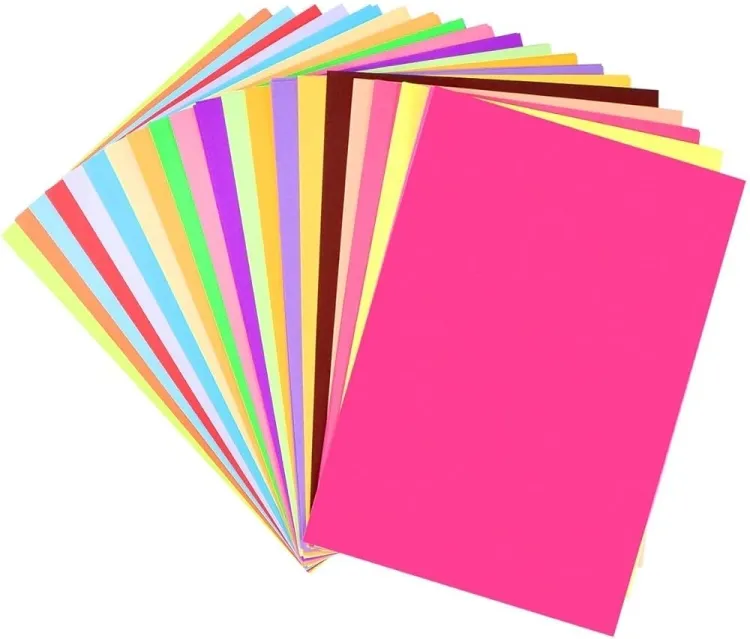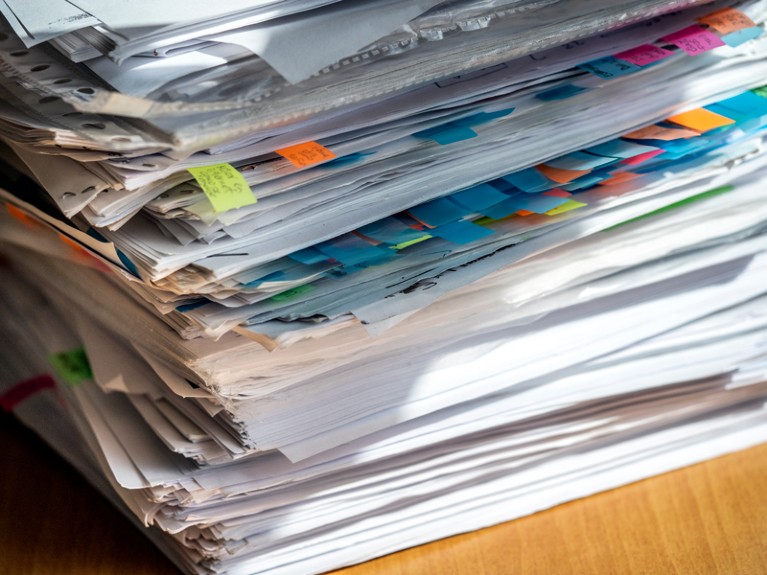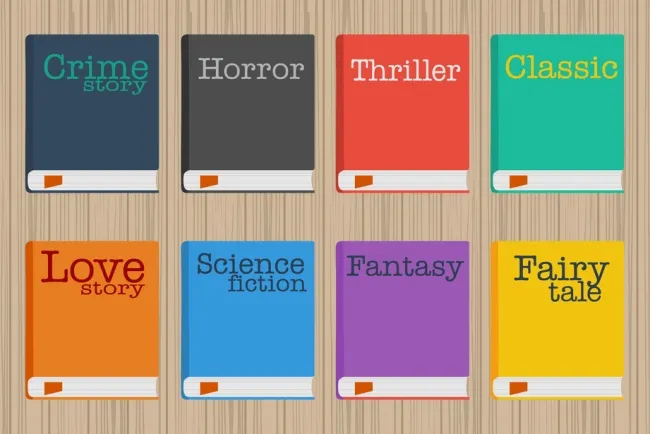From Forest to Finished Product: The Process and Uses of Paper...!!!
Paper is a versatile and essential material with numerous applications in our daily lives. From writing and printing to packaging and hygiene products, paper's uses are extensive. The paper-making process, from raw material preparation to finishing, involves several steps to produce the final product. Despite environmental challenges, sustainable practices in the paper industry are making a positive impact.

Paper is a widely used material that has been a cornerstone of human civilization for centuries. Its versatility and broad range of applications make it indispensable in many sectors. The process of making paper involves several steps, and the final product serves countless purposes. Let’s delve into the paper-making process and its various uses.
The Paper-Making Process
1. Raw Material Preparation
The primary raw material for paper is cellulose fibers, usually sourced from wood. Hardwood and softwood trees are the most common sources. Additionally, recycled paper, agricultural residues like straw, and non-wood fibers such as cotton and bamboo can also be utilized.
-
Pulping: The raw material is chipped into small pieces and processed chemically or mechanically to separate the cellulose fibers. Chemical pulping involves cooking the wood chips with chemicals to dissolve lignin (the substance that binds fibers), while mechanical pulping uses grinding to break down the wood.
2. Pulp Processing
The resulting pulp is washed, screened, and bleached to remove impurities and achieve the desired whiteness. Bleaching is optional and depends on the type of paper being produced.
-
Beating and Refining: The pulp is beaten to enhance the bonding properties of the fibers. This step also determines the final texture and strength of the paper.
3. Forming the Paper Sheet
The processed pulp is diluted with water to create a slurry, which is then spread onto a moving screen or wire mesh in the forming section of a paper machine. As the water drains through the mesh, a mat of fibers forms on the surface.
-
Pressing and Drying: The wet paper mat is pressed to remove excess water and then dried using heated rollers or air dryers.

4. Surface Treatment and Finishing
The dried paper sheet may undergo various surface treatments to enhance its properties, such as coating, sizing, and calendaring.
-
Coating: A layer of pigments or polymers is applied to improve printability and appearance.
-
Sizing: Internal or surface sizing is used to control the paper's absorbency.
-
Calendaring: The paper is passed through rollers to smooth and finish the surface.
5. Cutting and Packaging
The finished paper is cut into desired sizes and packaged for distribution.
Uses of Paper
Paper's versatility makes it essential in various applications:
1. Writing and Printing
-
Books and Magazines: Paper is the primary medium for printing books, magazines, newspapers, and other publications.
-
Office Supplies: Notebooks, letterheads, envelopes, and photocopy paper are essential office supplies.
-
Educational Materials: Paper is used for textbooks, workbooks, and examination papers.
2. Packaging
-
Corrugated Boxes: Used for shipping and storage, providing protection and durability.
-
Cartons and Wrappers: Paperboard cartons and wrappers are common for packaging food, beverages, and consumer goods.
-
Bags and Sacks: Paper bags and sacks are used in retail, grocery stores, and industrial packaging.
3. Hygiene Products
-
Tissue Paper: Used for facial tissues, toilet paper, and paper towels.
-
Sanitary Products: Includes napkins, diapers, and sanitary pads.
4. Arts and Crafts
-
Drawing and Painting: Art paper and sketchbooks are used by artists for drawing and painting.
-
Origami and Paper Mache: Paper is a popular medium for crafting and sculpting.

5. Industrial Applications
-
Filters: Paper is used in filters for air, oil, and fuel in various industries.
-
Construction: Paper is used in construction materials like drywall and insulation.
Environmental Considerations
The paper industry has faced environmental concerns related to deforestation, energy consumption, and pollution. However, efforts to promote sustainable practices, such as responsible forestry, recycling, and cleaner production technologies, have been implemented.
-
Recycling: Recycling paper reduces the need for virgin fiber, conserves resources, and minimizes waste.
-
Sustainable Forestry: Certification programs like FSC (Forest Stewardship Council) ensure responsible forest management.
-
Eco-friendly Production: Advancements in technology have led to cleaner production processes with reduced emissions and water usage.
Paper is a versatile and essential material with numerous applications in our daily lives. From writing and printing to packaging and hygiene products, paper's uses are extensive. The paper-making process, from raw material preparation to finishing, involves several steps to produce the final product. Despite environmental challenges, sustainable practices in the paper industry are making a positive impact.
What's Your Reaction?

















